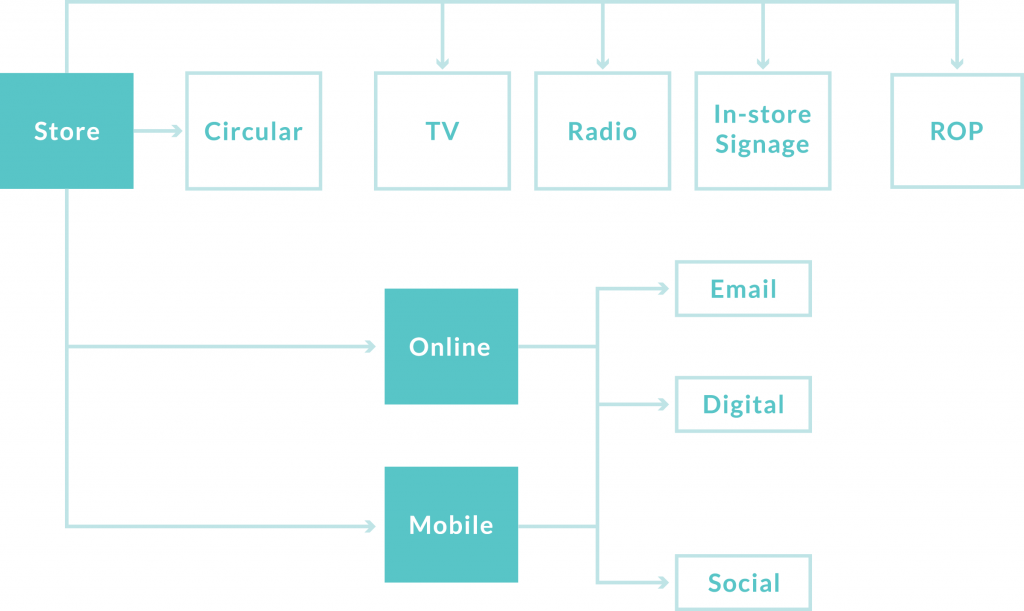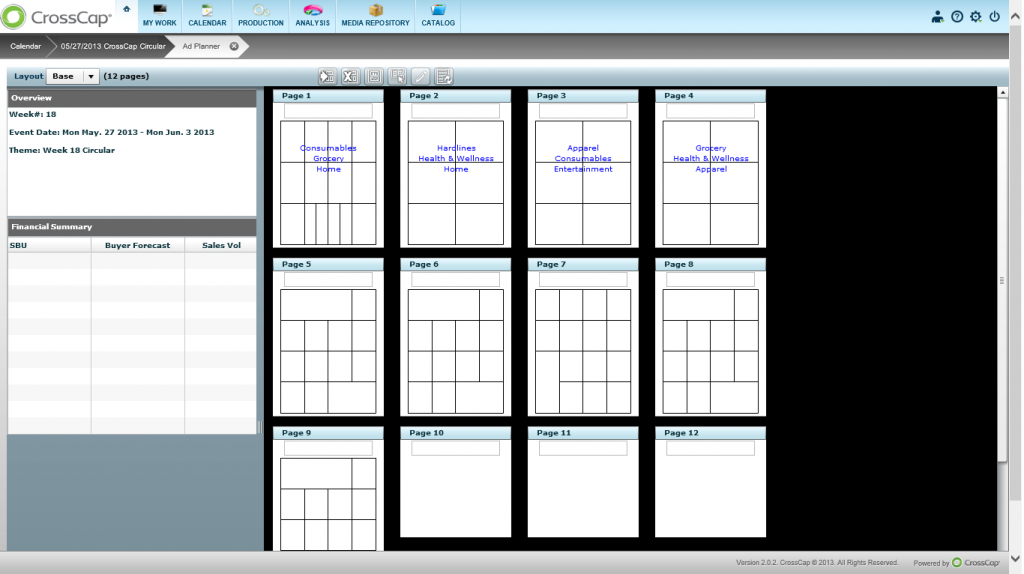(Last updated: December 2022)
This is the second part in a series that outlines how retailers can approach developing an omni-channel marketing plan. Part 1 of this series can be found here.
Category planning sometimes also referred to as seasonal planning is a step in the planning process where the merchandising department understands the feature space they will be receiving across the different marketing channels. In my previous post, I elaborated on strategic planning and defined three outputs marketing calendar, asset allocation plan, and the marketing budget. The calendar and the asset allocation plan are inputs needed to produce a category or seasonal plan.
Through my experience working with several retailers implementing the CrossCap platform, I’ve noted category planning is sometimes a step that is skipped in the process and retailers move right into item planning. When this occurs, there is sometimes a disconnect between the defined strategy and the executed plan. Category planning is an essential step for ensuring the omni-channel strategy is aligned with promotions executed across the different marketing and sales channels.
To develop a cohesive omni-channel plan, retailers need to start category planning with their major sales channels. Brick and mortar retailers, commence planning with their stores while online only retailers will commence with their website. The category plan that is developed for these major sales channels will drive marketing support and purchasing decisions as merchandise that is featured in the sales channels will also most likely have marketing support. Any item that is featured at the store or online will need much larger In my engagements with retailers, I have observed companies developing marketing category plans for channels like Circular, Email, Mobile and other channels without an understanding of what merchandising has planned to feature or acquire. This is one of the biggest gaps in planning as it does not align the merchandising strategy with the marketing plan.
The model depicted above ensures marketing is advertising categories that are featured in the stores and online. The question that is always asked is which comes first “Does marketing plan the categories or does merchandising plan their features”. To achieve an aligned marketing plan, this needs to be done in conjunction where marketing works with merchandising in determining the selected categories. With this methodology of planning from store/online ensures that the key categories featured are the key categories advertised. Each marketing channel will have its stronger performing categories and some items like TVs perform strong across several marketing channels. Of course, the marketing channel will not support certain category promotions that do not drive traffic or sell. For example, an 
Retailers typically focus on a season to define their category plan. Imagine a general merchandise retailer planning for the BTS (Back To School) season assuming it was 6 weeks (starting mid-July and ending in August) would utilize the asset allocation plan for the 6 weeks along with the marketing calendar as a base to commence category planning. The calendar would identify the themes, campaigns and also outline the merchandise focus while the asset allocation plan would identify which merchandise business gets how much feature space across the channels. Each GMM (General Merchandise Manager) would work with their category marketing manager in identifying the categories within their business that will receive some of the feature space allocated in the asset allocation plan for that season.
During these discussions, marketing and merchandising teams consider several factors when selecting participating categories for each week during the category planning, some of these include LY category sales performance or ranking, competitor category focus and category sales targets. Based on these factors a specific category under the assigned merchandise business is selected and assigned the space.
The marketing team works closely with merchandising in this phase and ensures categories are selected based on the defined marketing and merchandising strategy. This creates alignment at the category level. At this point, we have an aligned plan at the category level and need to move to the next step of ensuring the items we select within the defined categories of our category plan are also aligned.



